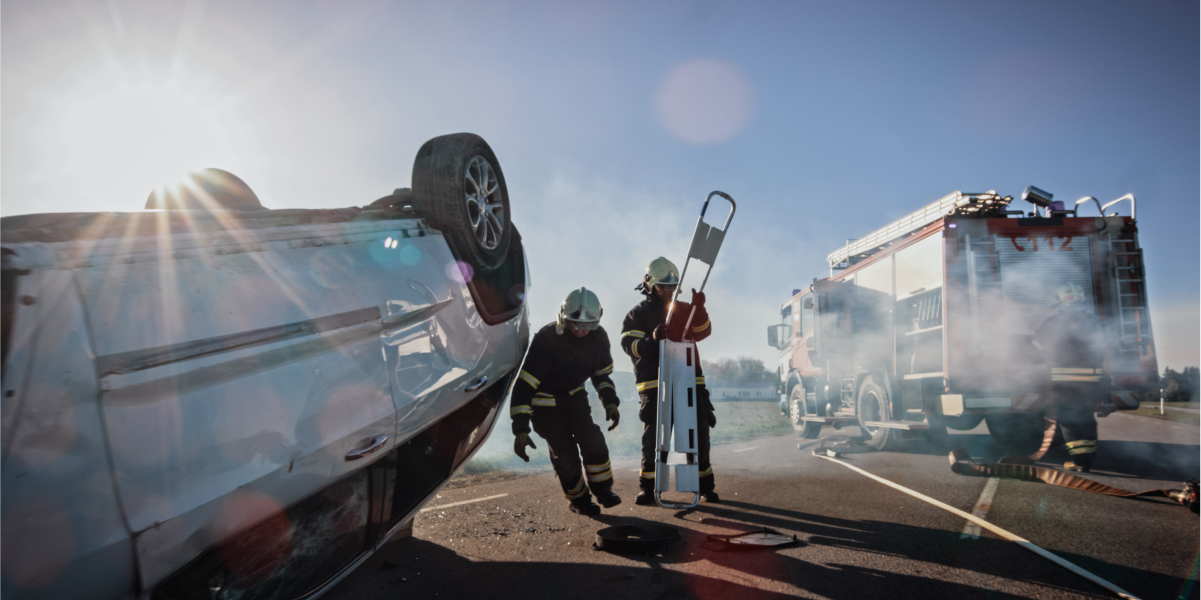Georgia Booster Seat Safety
Our children are our greatest asset. In essence, they are our future. We, as parents and adults, share a societal responsibility to help ensure all children stay safe. Keeping children safe on the roadway is a vital part of this mission. Car accidents are the leading cause of death for children between the ages of 1 and 12 years old. Each year, approximately 600 children under the age of 13 are killed in motor vehicle accidents. One-third of these young accident victims were killed as a direct result of improper use of child safety restraints, including car seats, booster seats, and safety belts. Study after study demonstrates that the use of proper safety restraints reduces the risk of death in infants by over 71% and in children by up to 59%.
Given that children grow so quickly, it is important that we, as parents, know when the time is right to transition our children from car seat to booster seat. Many parents do not realize the importance of the booster seat, and instead feel their children may be too big, or too old to be placed in a booster seat. When it comes to children, no matter what age or size, safety cannot be compromised, and no matter how much our children may protest to being placed in a booster seat, safety must always come first.
Choosing the Right Booster Seat For Your Child
When the time comes to transition your child from a car seat to a booster seat, you should consider both the size and type of the booster seat as well as whether or not your child has physically grown enough to justify the transition. In addition to determining whether or not your child is physically ready to transition to a booster seat, you also should consider how a particular type of booster seat will best suit your child. Currently, there are two primary types of booster seats available on the market, and it is important that parents understand the difference:
- No-back – This booster seat elevates the child’s seated height, and relies on the vehicle’s seat for back support. Because it provides minimal protection in a side-impact crash, child safety advocates would like to see this “no-back” model phased-out. A no-back booster can only be used in vehicles that are equipped with head restraints.
- High-back – This booster seat generally features foam that is energy-absorbing. Along with this protective molding, a high-back booster seat is effective in protecting a child during a crash. A high-back booster seat is undoubtedly safer than a no-back booster seat.
There is a new generation of booster seats featuring “LATCH” (lower anchors and tethers for children) connectors. These connectors enhance stability during a crash, providing additional support to keep children in place. Given that there are so many child safety seats to choose from, you will have quite a bit to consider before finding the perfect safety seat for your child. While it is generally good to have many choices when it comes to finding a product, it can be a little bit overwhelming if there are too many choices. The bottom line when it comes to child safety seats, is that the seat properly fits your child, and the seat is positioned properly in your car.


